Lobelia perennial and its types
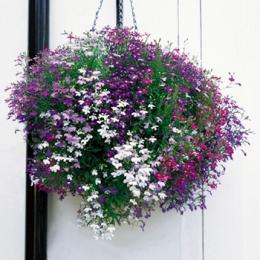
Lobelia - this is an extraordinary flower, not only because its color is not very common and somewhat peculiar, but also because it is able to grow without soil - just in water. In addition to the blue and light blue color, lobelia is found in nature with purple, white and red flowers.
Content:
Actually, lobelia belongs to the perennials of the bellflower family, but is used as an annual. The flower's homeland is South Africa, where it usually grows in damp and even rocky places. And some species of this plant have been known as medicinal since ancient times. We know some varieties of lobelia, which we will try to talk about here. After all, lobelia is one of the most beautiful plants that will be a real decoration of your flower garden.
The most famous varieties of lobelia
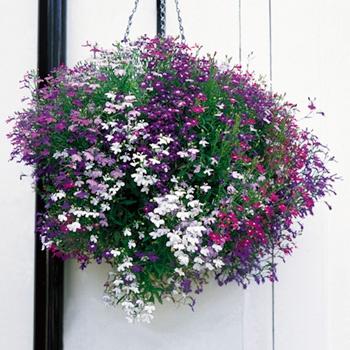
- Lobelia fiery or shiny - its leaves can be either green or red. This plant reaches a height of 75 cm and came to us from Mexican lands.
- Lobelia Dortmann is already an endangered species. Prefers to grow on a sandy, clean bottom, which is present in coastal areas. The flowers of this variety are painted in a very beautiful white-blue color.
- Lobelia perennial variety Gherardi grows up to 125 cm in height. Flowers are formed in spike-shaped inflorescences.
- Lobelia purpurea is suitable for large plantings as it forms large clumps.It grows well in shallow water and in swamps with moist soil; it can be planted around artificial reservoirs and on pond banks.
- Lobelia sessile foliage is poisonous. It germinates well from seeds and blooms profusely in its second year.
- Blue lobelia blooms with spike-shaped blue-violet flowers by mid-summer. It is not particularly in demand among gardeners, probably because it is not very attractive, but is very demanding in care.
How does lobelia reproduce?
Like many flowers, lobelia reproduces simply by seeds. They are usually sown in a greenhouse at the end of winter or early spring, when the sun is already starting to warm up a little. And they do not try to embed the seeds into the soil, but simply cover the boxes with the seeds with glass or thick film. There is no need to sow too many seeds. One bag of seeds, or even half of it, is quite enough for an ordinary summer cottage.
Shoots begin to appear after 10 or 15 days. Before planting, the lobelia must be picked. In order to get lush flower bushes, not one plant at a time is planted in a hole, but several at a time.
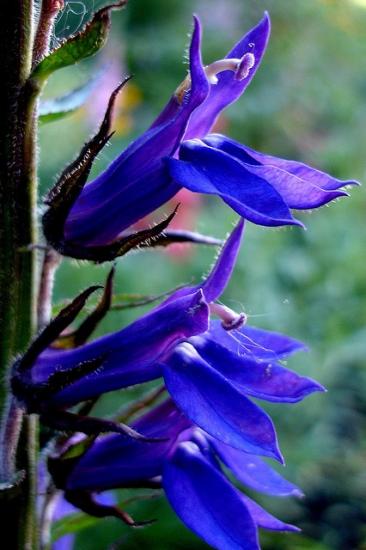
The plant loves sunny areas, so try to find a suitable place for it in advance. This place should be quite humid, because, as you know, lobelia loves water very much.
If the soil is too fertilized with manure and humus, then there is a chance that lush and beautiful flowering will not happen.
Sow the seeds need in pre-prepared soil. To do this, you can take regular soil from the garden, add sand and humus to it. In this case, there should be equal amounts of sand and earth, but humus should be only a tenth.Such a substrate is usually prepared in the fall; even if it freezes a little during the winter, nothing bad will happen to it.
There is one caveat: lobelia seeds need to be sown very rarely, then they will stretch much less when growing.
Seedling care
Small lobelia sprouts definitely need to be watered, but here you need to not overdo it and not overwater the plant, otherwise they may well get sick with an insidious disease called “black leg” and simply die. Water for irrigation should be used lukewarm and preferably settled.
We dive
When small sprouts gradually begin to turn into stronger ones, and this happens in about three to four weeks, they need to be pruned, that is, replanted.
As mentioned above, it is best to plant several lobelias at once. For picking you need a special spatula, and if you don’t have one, then a sharp stick will do. It will need to pick up 4-7 plants and plant them in very small containers - cups.
Further care
When the plants in the cups reach the required height (about 3 cm), you need to pinch them. This is done so that the bushes will be lush and beautiful in the future.
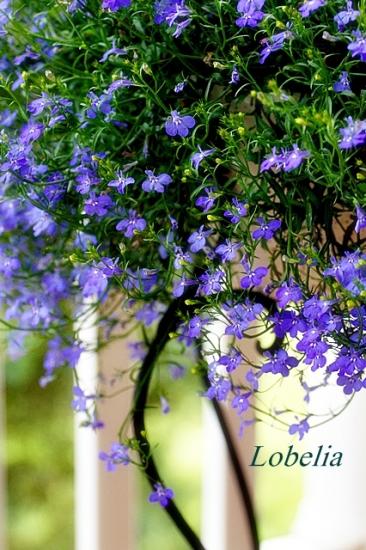
A planting seedlings directly into the ground should be done when the threat of frost has passed. And this will be at the end of May - beginning of June. Although, it must be admitted that this plant can still tolerate slight night frosts down to -1 degree.
With proper care, lobelia will begin to bloom at the end of the first summer month, and continues to delight with its beauty all summer long. True, by August the flowering is already slowing down somewhat, gradually fading away.
It is at this time that you can loosen the soil, water the plant thoroughly, and it will begin to bloom profusely again.
But by the beginning of October, flowering stops completely, because autumn frosts set in.
If you want lobelia to delight you with its flowers all year round, then carefully dig up the plant and replant it in an ordinary flower pot. Bring it home and enjoy flowering even in cold winter.

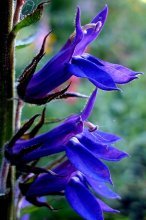
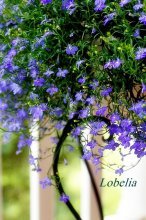

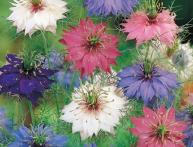
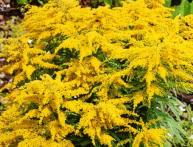
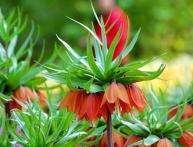

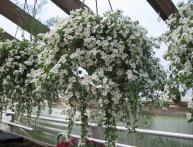

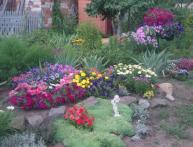
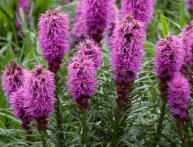
Comments
I am a big lover of everything beautiful, there are a lot of different flowers at home and in the garden, but I haven’t found such beauty yet. It will be necessary to urgently plant this miracle on the site, of course it’s too late, but I’ll try anyway.